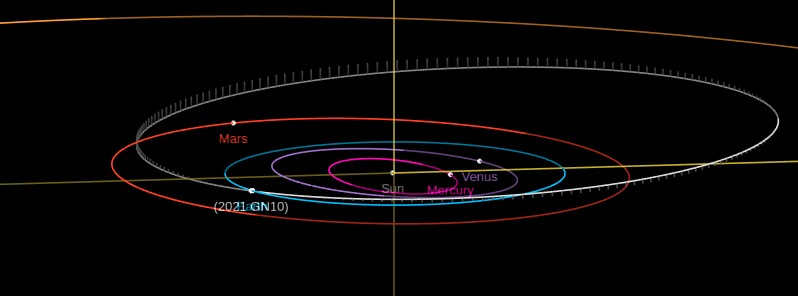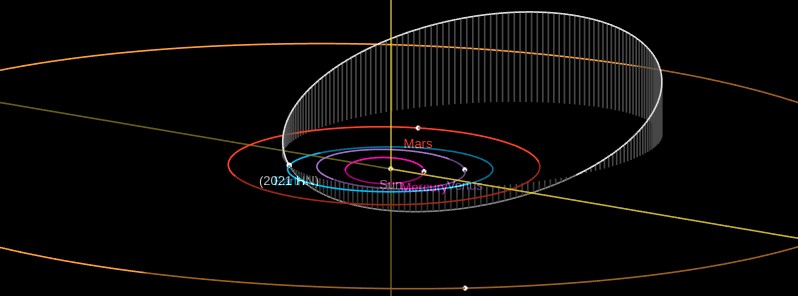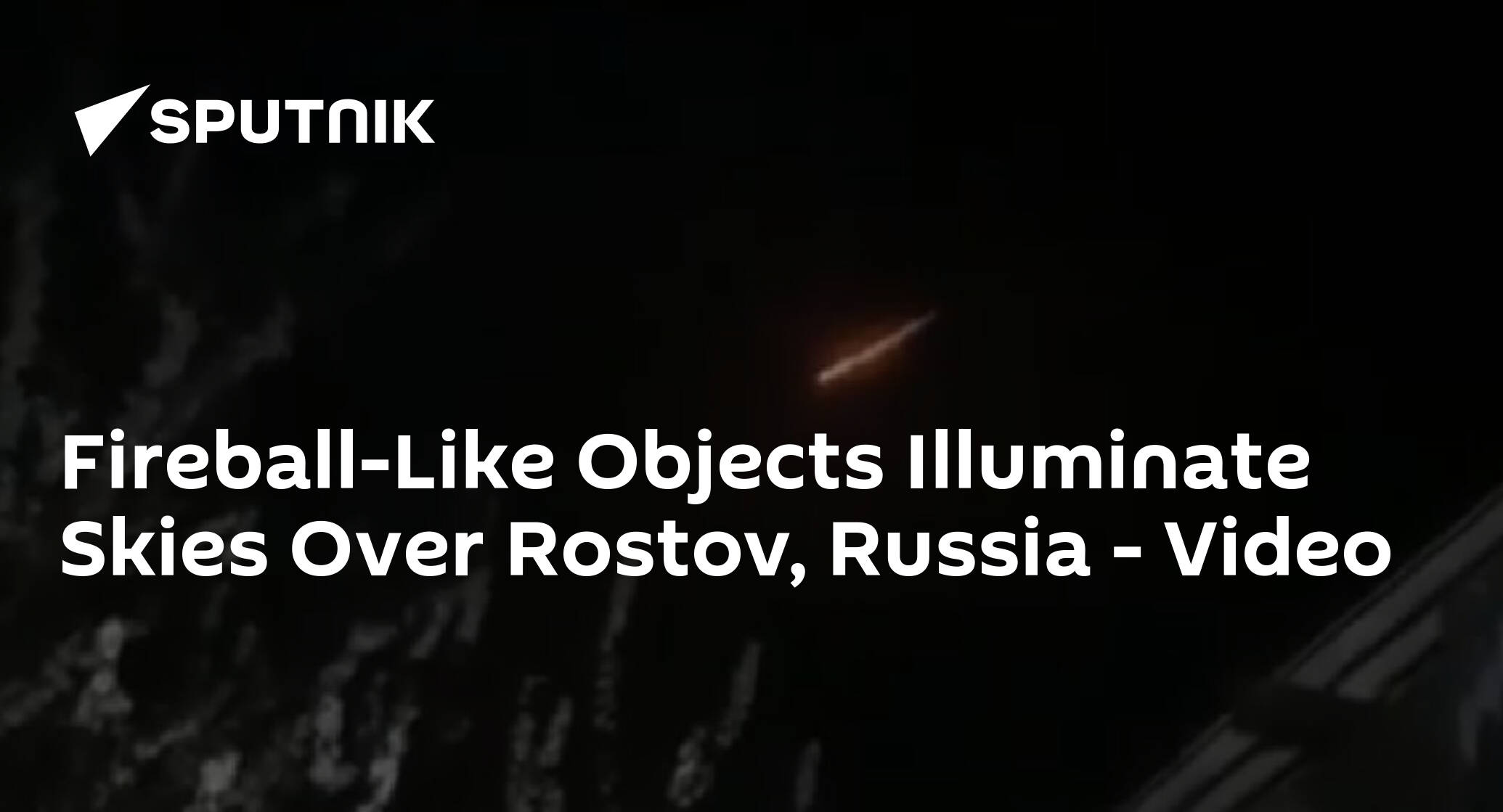JPL's Center for Near Earth Object Studies will lead the hypothetical impact scenario to see how international agencies respond to an actual impact prediction.
During the week of April 26, members of
NASA's Planetary Defense Coordination Office (PDCO) will participate in a "tabletop exercise" to simulate an asteroid impact scenario. The exercise depicting this fictional event is being led by
NASA's Jet Propulsion Laboratory's Center for Near Earth Object Studies (CNEOS), allowing NASA's PDCO and other U.S. agencies and space science institutions, along with international space agencies and partners, to use the fictitious scenario to investigate how near-Earth object (NEO) observers, space agency officials, emergency managers, decision makers, and citizens might respond and work together to an actual impact prediction and simulate the evolving information that becomes available in the event an asteroid impact threat is discovered.
The fictitious impact scenario will occur during the
7th IAA Planetary Defense Conference, hosted by the United Nations Office for Outer Space Affairs in cooperation with ESA (European Space Agency), and will evolve over the five days of the conference, starting Monday, April 26. At several points in the conference program, leaders of the exercise will brief participants on the latest status of the fictitious scenario and solicit feedback for next steps based on the simulated data that is "discovered" each day. These type of exercises are specifically identified as part of the
National Near-Earth Object Preparedness Strategy and Action Plan developed over a three-year period and published by the White House in June 2018.
"Each time we participate in an exercise of this nature, we learn more about who the key players are in a disaster event, and who needs to know what information, and when," said Lindley Johnson, NASA's Planetary Defense Officer. "These exercises ultimately help the planetary defense community communicate with each other and with our governments to ensure we are all coordinated should a potential impact threat be identified in the future."
So far, NASA has participated in seven impact scenarios - four at previous Planetary Defense Conferences (2013, 2015, 2017, and 2019) and three in conjunction with the Federal Emergency Management Agency (FEMA). The joint NASA-FEMA exercises included representatives of several other federal agencies, including the Departments of Defense and State.
"Hypothetical asteroid impact exercises provide opportunities for us to think about how we would respond in the event that a sizeable asteroid is found to have a significant chance of impacting our planet," said Dr. Paul Chodas, director of CNEOS. "Details of the scenario - such as the probability of the asteroid impact, where and when the impact might occur - are released to participants in a series of steps over the days of the conference to simulate how a real situation might evolve."
The fictional scenario kicks off on April 26, when astronomers "discover" a potentially hazardous NEO considered a risk to Earth. Details about the imaginary asteroid's threat to our planet will evolve over the days of the conference, and exercise participants will discuss potential preparations for asteroid reconnaissance and deflection missions and planning for mitigation of a potential impact's effects. But it is a real parameter that the international community has decided that a 1 in 100 chance of impact is the threshold to begin response actions.
The Planetary Defense Conference and its exercise serve as precursors to the launch of NASA's Double Asteroid Redirection Test (DART), which is the first-ever actual demonstration of an asteroid deflection technology, and the first test mission of the agency's Planetary Defense program. DART is scheduled to launch later this year and will impact the asteroid Dimorphos in Fall 2022 to change its orbit in space, which could be a key technique for mitigating a potentially hazardous asteroid that is on a collision path with Earth, should one be discovered in the future. Through an international observation campaign, follow-up observations of Dimorphos using ground-based telescopes will monitor the orbit of Dimorphos and measure the change in time it takes the asteroid to orbit its larger companion, Didymos, due to DART's impact.
"DART will be the first test for planetary defense, and the data returned after it impacts Dimorphos will help scientists better understand one way we might mitigate a potentially hazardous NEO discovered in the future," said Andrea Riley, program executive for DART at NASA Headquarters. "While the asteroid DART impacts poses no threat to Earth, it is in a perfect location for us to perform this test of the technology before it may actually be needed."
Starting April 26, this page will be updated during the week with quick snapshots that capture the results from each step of the exercise. More information on the exercise, including a "fact sheet" of updated findings, will be available on the exercise page on the
2021 PDC Hypothetical Asteroid Impact Scenario page.














